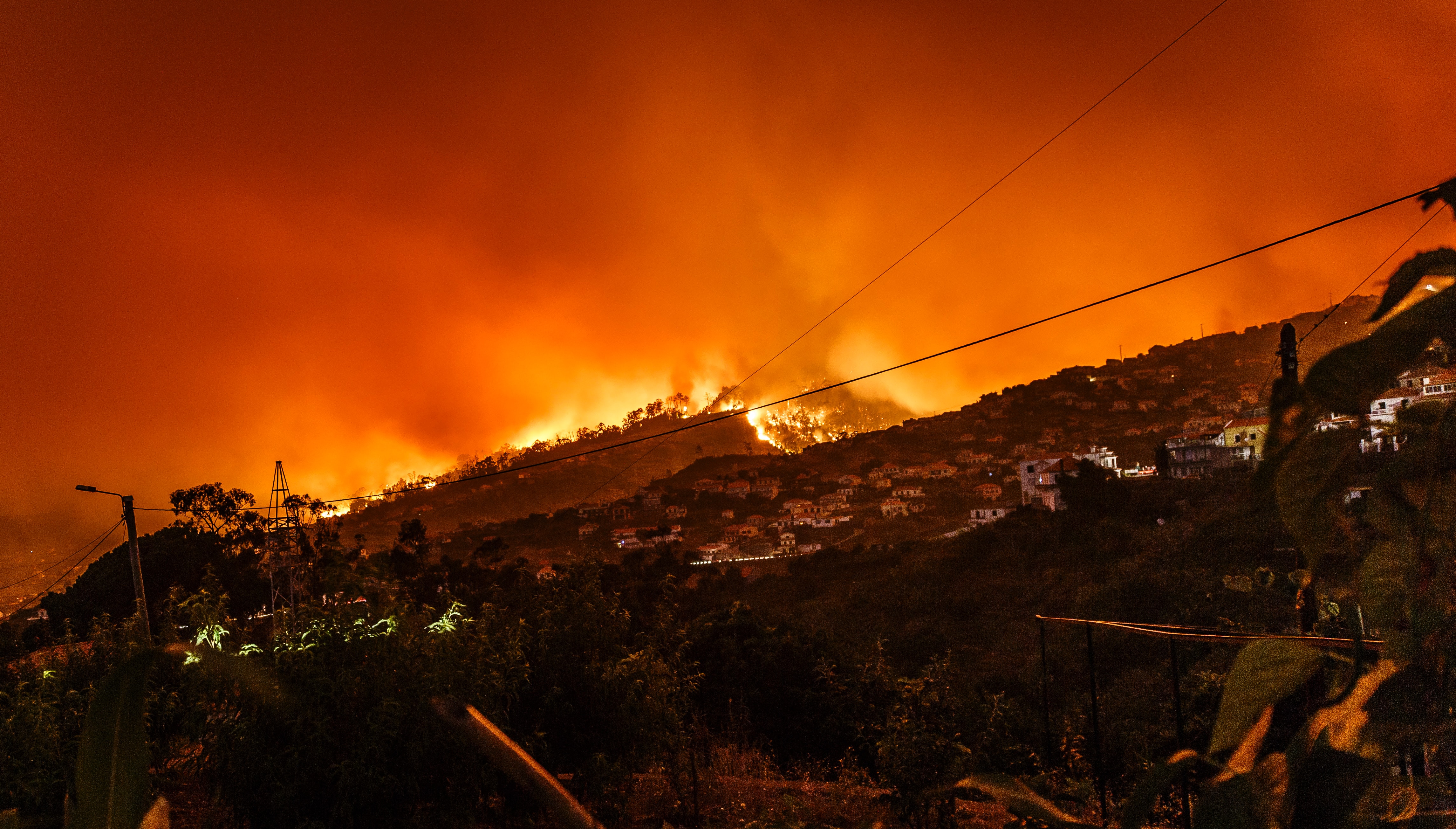How Tree Planting Combats Wildfires
Wildfires are a growing threat to our environment and communities in Europe, causing severe damage to ecosystems and human lives. In 2021, over 5,500 km² of land were affected by wildfires in Europe, including in countries such as Greece, Portugal, and Spain. With this perspective, 2022 is looking even worse, confirming the worrying destructive trend of recent years. This is in addition to what is expected to be recorded as the most severe drought in Europe in 500 years. The area burnt expands to over 8 600 km² in the EU – the largest area burnt by wildfires since 2006. Among the various strategies that can be adopted in forest prevention and monitoring, tree planting proves to be a valuable system to counter this negative trend.

Let’s look at five ways of how tree planting is essential in preventing wildfires:
Firebreaks: Trees act as natural firebreaks, creating barriers that prevent fires from spreading.
Reducing wildfire intensity: Trees can help reduce the intensity of wildfires by blocking the wind and breaking up fuel sources. Planting a diverse mix of trees of varying ages and species can create a more resilient ecosystem less vulnerable to catastrophic fires.
Restoring habitats: Planting trees can help restore natural habitats for wildlife affected by wildfires, enabling them to recover more quickly.
Creating diverse ecosystems: Diverse ecosystems are less susceptible to catastrophic fires. Planting a variety of trees can help break up the continuity of fuel sources, making it harder for fires to spread.
Increasing humidity: Trees release water vapor through transpiration, which increases humidity and reduces the likelihood of wildfires.

To effectively combat climate change through tree planting, strategies should take into account how changes in landscape composition and configuration can impact fire propagation. This means prioritizing landscape mosaics with diverse and fragmented stands, vertical vegetation discontinuities, and low-flammability species with low plant densities. The decision of which tree species to plant should prioritize natural resilience to future fires, with native resprouting species often being a good choice. Ultimately, the goal should be to create resilient landscapes that can withstand and recover from the effects of climate change, including the threat of wildfires.

In addition to tree planting a comprehensive approach is needed, which includes land management practices such as controlled burns and clearing of brush and debris. In addition, communities need to take steps to reduce the risk of human-caused fires, such as by enforcing fire safety regulations and educating the public on safe practices.
Effective forest management practices are also necessary to create a healthy, fire-resistant forest. This includes thinning forests to reduce fuel loads and conducting controlled burns to clear out underbrush and other debris. By implementing these strategies in combination with tree planting, we can create healthy, diverse ecosystems that are less susceptible to catastrophic fires.
In conclusion, tree planting is an essential tool in the fight against wildfires. By creating effective firebreaks, reducing the intensity of fires, restoring natural habitats, and creating diverse ecosystems, we can reduce the risk of devastating wildfires and protect our planet's natural resources for future generations. As a reforestation foundation, LifeTerra is proud to be a part of this important effort to prevent wildfires and promote a healthier planet.
sources: https://www.uv.es/jgpausas/papers/Leverkus-2022-Science_planting_fires.pdf
